We all know that Cloud TVs have taken over the traditional TVs for a while now. And the day is not far when Cloud TVs will replace the so-called Televisions fully. To give you an estimation- as per a recent report, the global cloud TV market is set to grow to US $4.2 billion by 2026 from its US $1.2 billion benchmark in 2020. While the demand for higher user experience, on-demand viewing, interactive viewing experience, and others are driving its popularity, a majority of the companies are leveraging this new trend. And in this blog we will give you an overview of what this cloud TV and cloud TV platform really means, its advantages, features and many more. So, read on!
What is a Cloud TV?
Cloud TV is a software platform that provides advanced user interfaces and on-demand video experiences by virtualizing CPE or STB functionality. CPE (Customer-premises Equipment or Customer-provided Equipment) is a well-known term in telecommunications. CPE is basically any terminal and associated equipment that is located at a subscriber’s premises and connected with a carrier’s telecommunication circuit. And an STB (Set-top Box), as we know, displays the outputs to a television set based on the inputs.
In simpler words- cloud TV is a more flexible and user-friendly version of the traditional TVs where viewers can stream TV shows/content online as per their choice.
For more information on online cloud tv read our blog: How to create an Online cloud TV Channel
Core Components of Cloud TV Infrastructure
The core components include the following:
Content Ingest & Processing: This involves acquiring content from various sources, transcoding it to different formats and adapting it for delivery across multiple devices.
Content Management Systems (CMS): These systems manage the organization, storage, and retrieval of digital content. They provide metadata tagging, rights management, and secure access controls.
Content Delivery Networks (CDNs): CDNs are vital for distributing content efficiently across the globe, reducing latency and buffering.
Edge Servers: Placed closer to the end-user, edge servers cache content, further enhancing the speed and reliability of content delivery.
How Cloud TVs Work?
A cloud TV virtualizes the user interface across various STB generations by translating the UI to streaming and video. The steps followed by a cloud platform are as shown below-
The cloud platform takes various graphics and videos to process → it then converts them into a single HTML (Hypertext Markup Language) or MPEG (Moving Picture Experts Group) feed → Delivers it by IP VOD services through STBs
A cloud TV acts like a cloud-based center that controls various video service providers and multi-screen operators and reduces the need for multiple video streaming service providers and system operators. As cloud TVs are equipped with advanced streaming functions, viewers can easily stream the content of their choice on their laptops, smartphones, tablets etc. No doubt that cloud TVs are used widely in streaming movies, TV shows, live TVs, OTT content etc. on TV screens.

Advantages of Cloud-Based Content Delivery
Cloud based content TVs represent a significant step forward in the evolution of entertainment delivery, providing numerous advantages over traditional Over-the-Top (OTT) platforms. At its core, the reliance on cloud infrastructure ensures that content can be stored, managed, and delivered more efficiently. This translates to faster, smoother streaming experiences for users, with reduced buffering and higher resilience against network volatility.
Moreover, it leverages sophisticated content delivery networks (CDNs) and advanced compression algorithms, which optimize the delivery pathway from cloud servers to the user’s device.
Scalability and Flexibility Improvements
Cloud based TV platforms are a standout because of its inherent scalability. Physical infrastructure, physical service range defines the legacy systems that are traditional cable or satellite TV. On the other hand, the resources in Cloud TV are fundamentally flexible as they can be scaled up or down based on viewer demand. At peak viewing time, such as when a popular show premieres or a live sports event gets underway, it’s critical to have this flexibility, because there is a surge in user demand as well.
Cloud Televisions automatically reallocates server resources when more traffic comes through, allowing all users to enjoy an uninterrupted experience. This also enables rapid deployment of new channels and content, bypassing the traditional broadcast rollout period.
Cost-Effectiveness for Providers and Consumers
In terms of cost effectiveness, Cloud based TV is a big deal from both provider and consumer perspectives. Shifting to a cloud based model removes expensive physical infrastructure requirements and maintenance for providers. Instead, they can use public cloud services with pay as you go pricing models, which can greatly reduce operating costs.
The cloud model also benefits financially to the consumers. The barrier of entry is lowered, not by the hefty setup fees and rental costs of cable boxes and satellite dishes, but rather by being able to access premium content without them. Furthermore, most Cloud based TV services even have flexible subscription models where the customers pay only what they watch and in a manner they feel comfortable with.
User Experience and Features
Personalization Capabilities and Content Recommendations
Cloud based TV is unique for its ability to personalize the content based on viewer preferences. The platforms take advantage of the power of advanced algorithms and machine learning to learn from viewing habits, preferences. With this data driven approach you are able to provide highly tailored content recommendations meaning that you always have something engaging to watch without having to search through endless options.
However, Cloud Television personalization does not end there – it is able to recommend more things (not just TV shows or movies).Such customization builds a loyal viewer base as they can consume content based on what they actually like.
Multi-Device Accessibility and Synchronization
Gone are the days when watching TV meant being confined to a single device. Cloud based TV offers unparalleled multi-device accessibility, allowing users to start watching a show on their smart TV, continue on a tablet during a commute, and finish on a smartphone before bed. This seamless transition is made possible through robust synchronization features that Cloud Television platforms provide.
Synchronization isn’t just about picking up a show where you left off. It also extends to maintaining personalized settings, preferences, and even content recommendations across all devices. This ensures a consistent and cohesive user experience, enhancing the overall satisfaction of the service.
Cloud DVR and On-Demand Content Access
Cloud DVR functionality is a game-changer for viewers who like to control when and how they watch content. Unlike traditional DVR systems that require physical hardware and have limited storage capacity, Cloud DVR leverages the vast storage capabilities of cloud infrastructure. Viewers can record, rewind, and fast-forward through programs without worrying about running out of space or dealing with cumbersome equipment.
On-demand access is another critical feature that sets Cloud TV platform apart. With an extensive library of content available at users’ fingertips, viewers can watch what they want, when they want. This includes recent releases as well as classic television and movies, all available with just a few clicks. The convenience of on-demand viewing, coupled with the flexibility of Cloud DVR, makes the overall experience highly engaging and user-friendly.
Why are Cloud TVs on the Rise?
With the exponentially increasing adoption of cloud TVs in the streaming and entertainment sectors, the day is not far when cloud TVs will completely replace the traditional TVs. And there are several factors driving the inclination towards cloud TVs-
Unlike the traditional TVs, cloud TVs don’t require in-house infrastructure that incurs higher cost. Even for the service providers who have just started incorporating cloud services, the investments in hardwares, installation and maintenance are expected to get reduced gradually. This being favorable to both the service providers and consumers, works as a significant factor to the growing adoption of cloud TV services.
Scalability & Flexibility
Most of the companies in the streaming industry require these two features in order to grow. And cloud TVs cater to this very well. Not only can cloud TVs easily accommodate the preferences and demand of various users from various demographics, but also offer high flexibility in terms of volume of content consumption, growing number of viewers, sudden spike in watch hours, globalizing your cloud TV services etc.
One of the major advantages of cloud TVs is the workflow automation that does not require any in-house IT operations related to upgrading, migrating, maintenance etc. Starting from routing to content delivery through CDNs (Content Delivery Networks), cloud TVs are much faster and hassle free when it comes to various operational activities. And if you are skeptical about moving all the resources to the cloud, then note that multi-DRM technologies are there to safeguard from any possibility of data breaches or cyber threats.
In order to sustain in the highly competitive environment, you must have the insights on every single parameter- be it viewers watch time or engagement rate or content acquisition. In a quality cloud TV platform, you get the 360 degree view on these through the regularly generated analytical reports. As a result, you can come up with better content and revenue optimization plans.
Cloud TVs let the users stream what they prefer instead of bombarding them with unwanted, redundant content. As it works on a data driven approach, you can deliver your audience more precise videos, shows, movies and other content that are aligned with their demand. And no wonder it gives the service providers better competitive advantages!
Cloud TV Apps and Their Functionality
Cloud based TV apps are at the heart of bringing the power of cloud based content to your smart TV. These cloud apps are actually geared up to derive the maximum benefit out of the scalability and flexibility available in the cloud infrastructure, as compared to the TV apps.
Content Libraries: These apps offer expansive on demand content libraries as the most available movies, TV shows and documentaries to users whenever and wherever.
Live Streaming: Live TV channels exist on most cloud based apps which offer news, sports, entertainment and kids schedules.
Personalization: Sophisticated algorithms are used in these apps to track what you’ve been watching and can recommend content to you based on your preferences.
Multi-device Synchronization: The app is meant to run on different devices including smartphones, tablets, or laptops.
Cloud DVR: Live television recording to the cloud is one of the standout features – viewers will now be able to watch their favorite shows on when it suits them.
By leveraging these functionalities, Cloud TV apps provide a robust and user-friendly platform for accessing a wide range of content seamlessly.
The Bottom Line
With the increase in requirement for cloud based playout solutions, the time to utilize cloud TVs has come. Irrespective of your position in the current streaming industry, you should extend your services to cloud TVs to capture the new opportunities it can bring. With more and more customers opting for cloud TVs, this is definitely a fast, convenient, and secure way to grow your streaming business further as well as start a new one.
Muvi Playout, the fully featured end-to-end video/audio/physical platform with web, mobile and TV apps, lets you launch your cloud TV in a jiffy. With Muvi Playout, you get unlimited facilities that include online video player, video advertising, social media integration, built-in multi-DRM security and advanced CMS to name a few.
Take a 14-day free trial today to know more (no credit card needed)!

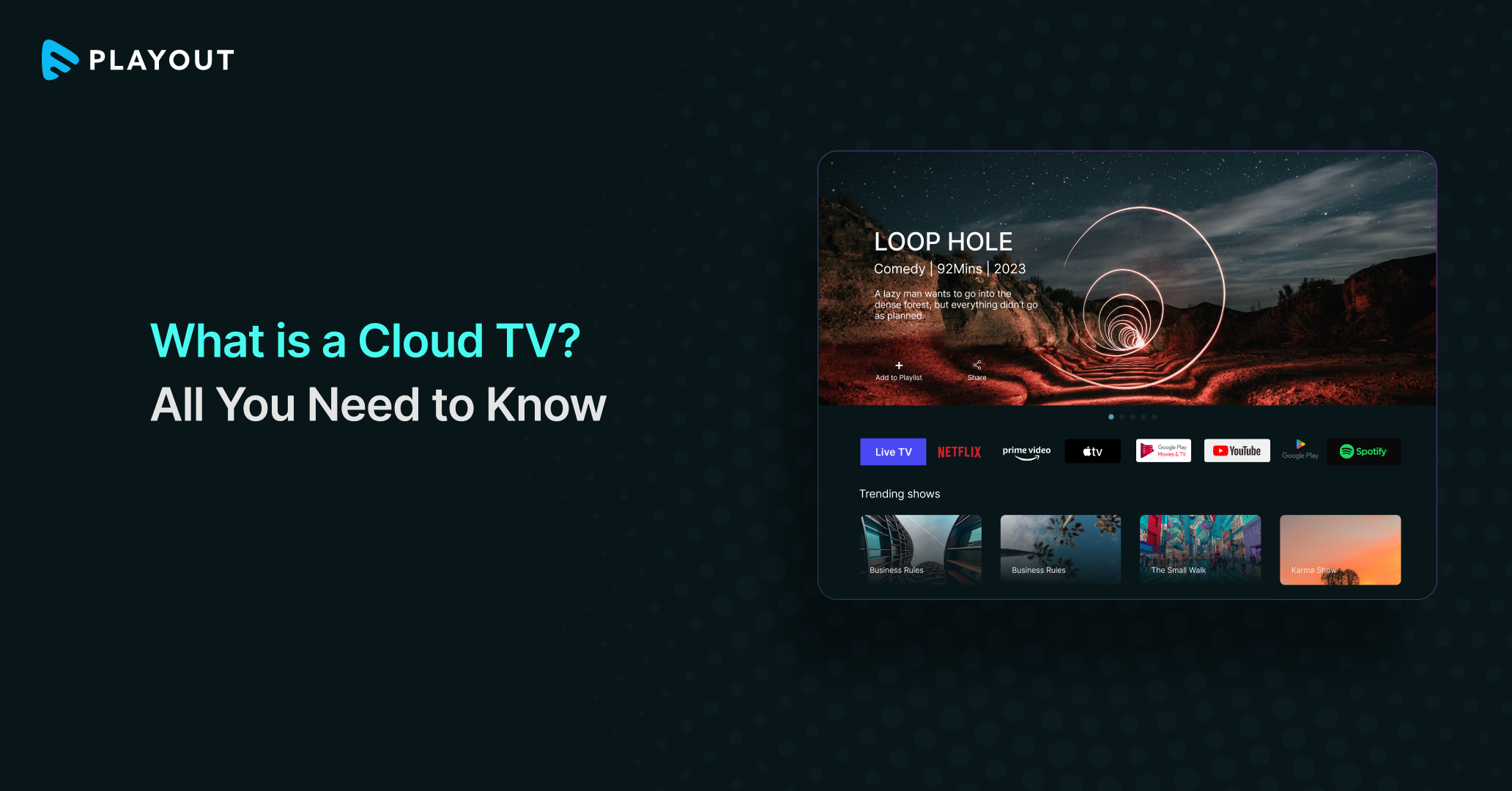




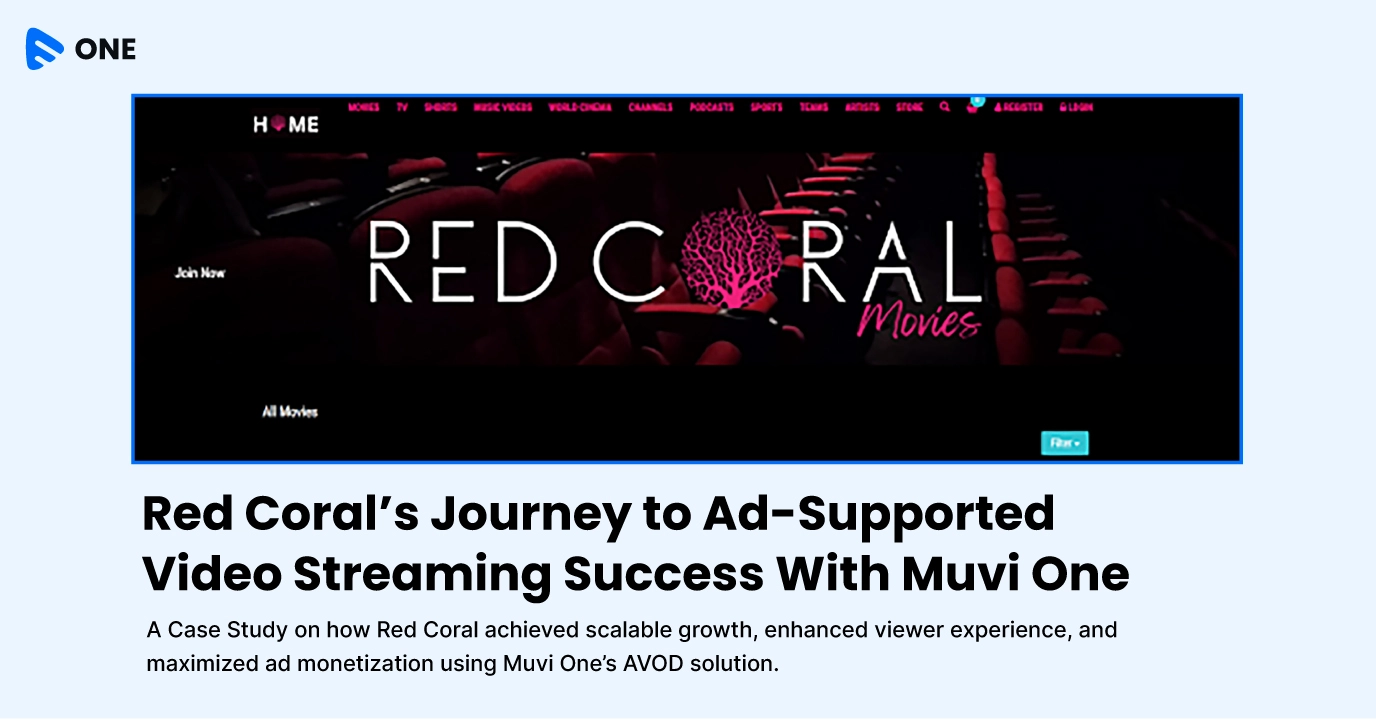
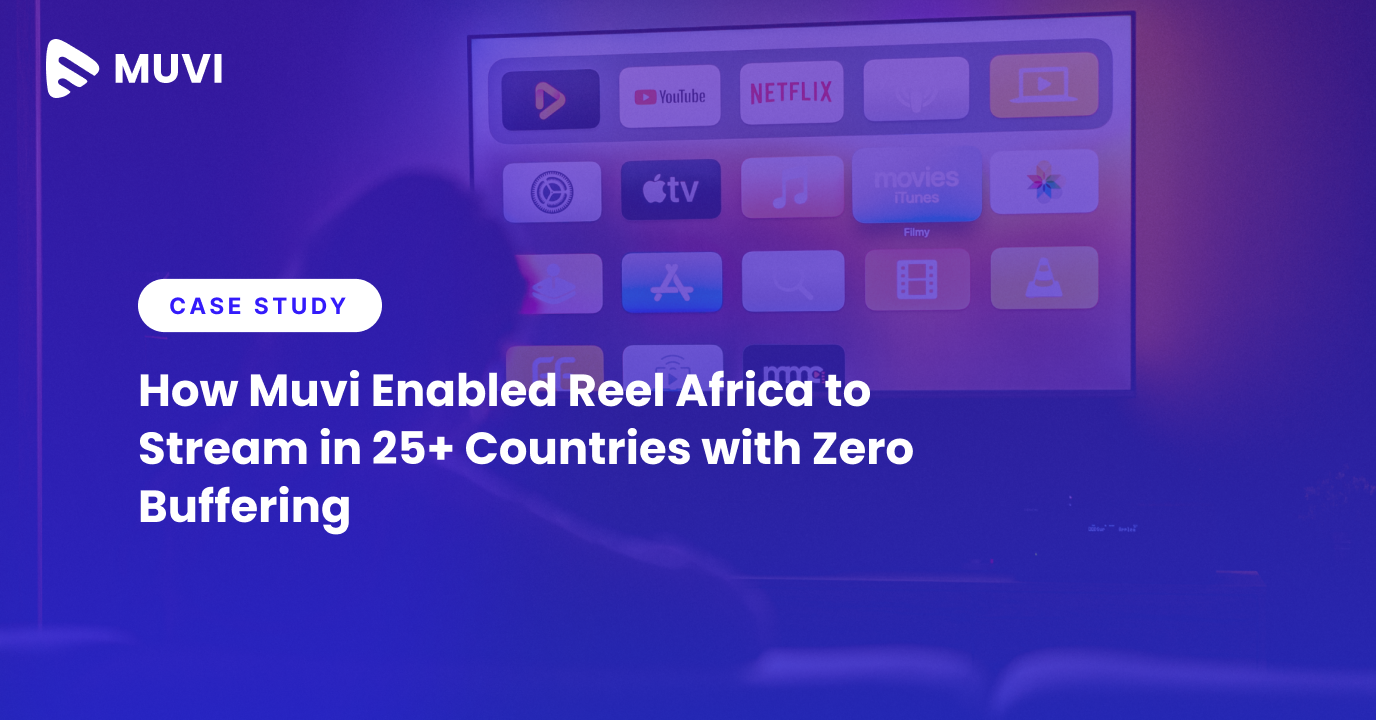

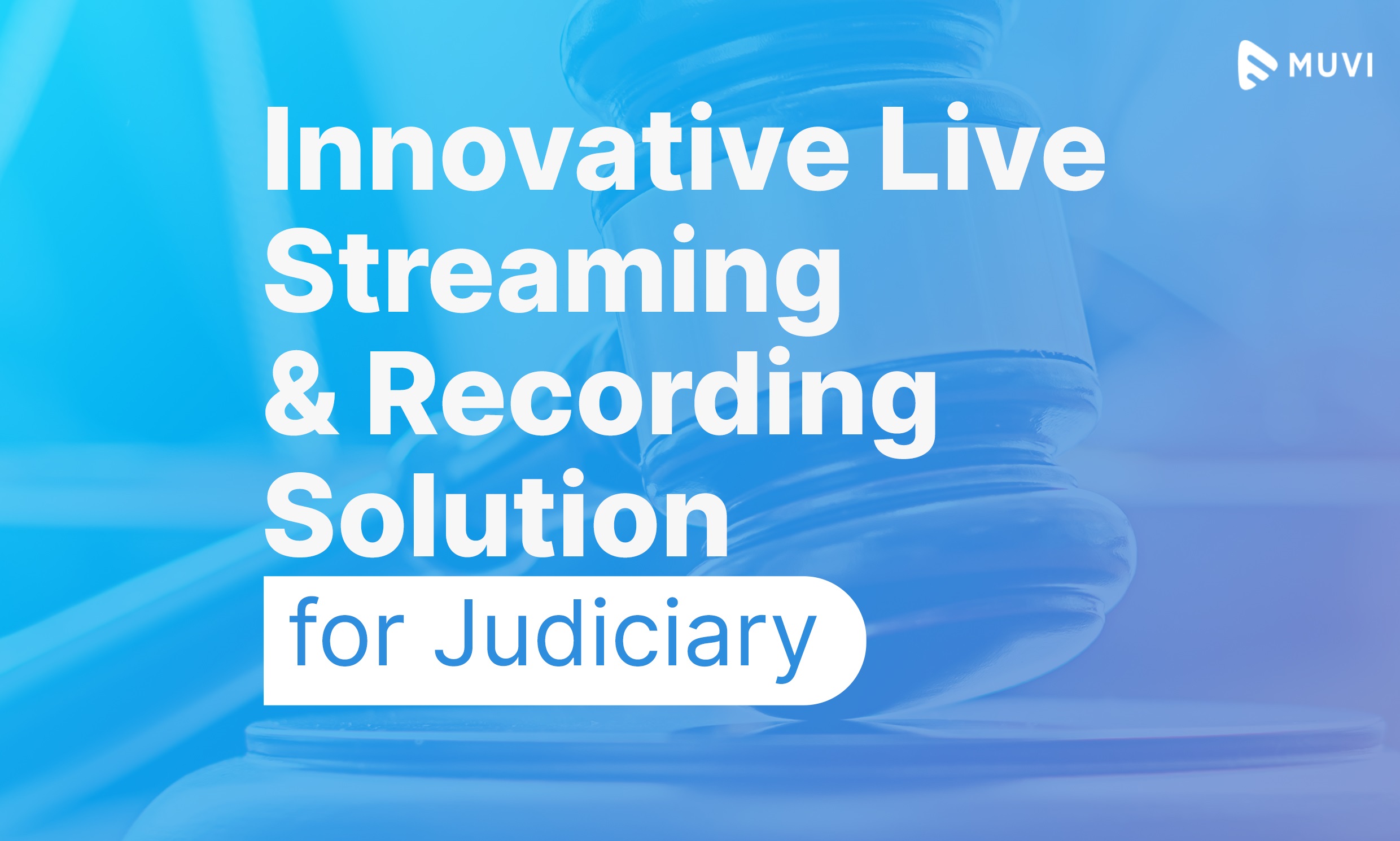

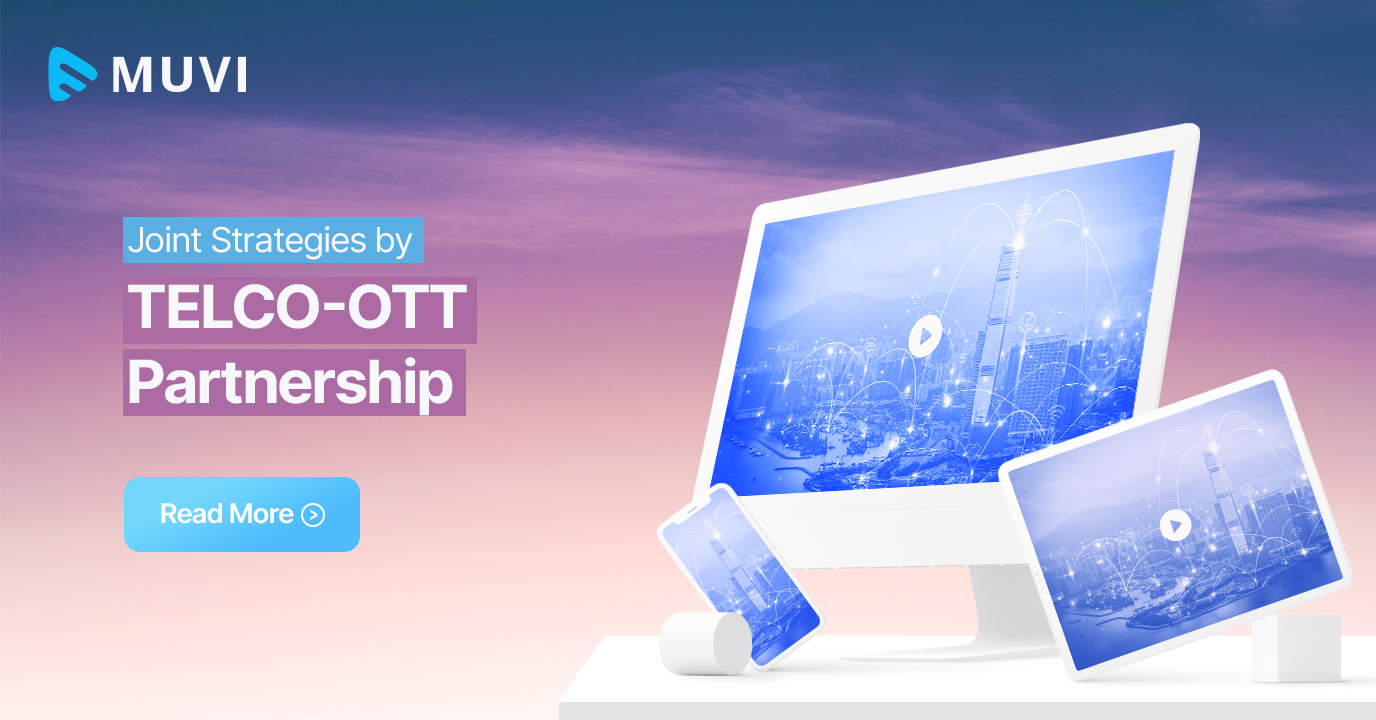
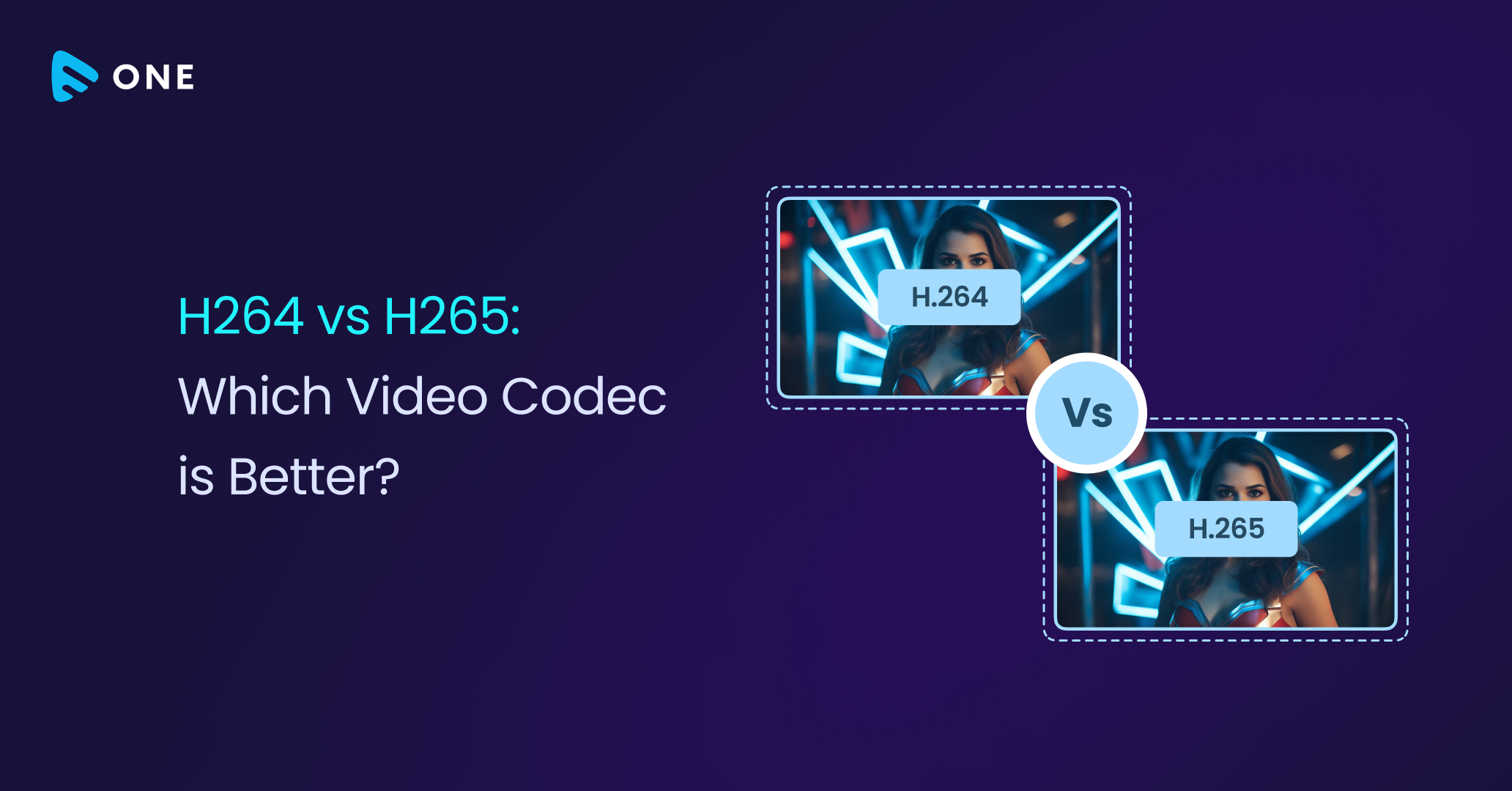
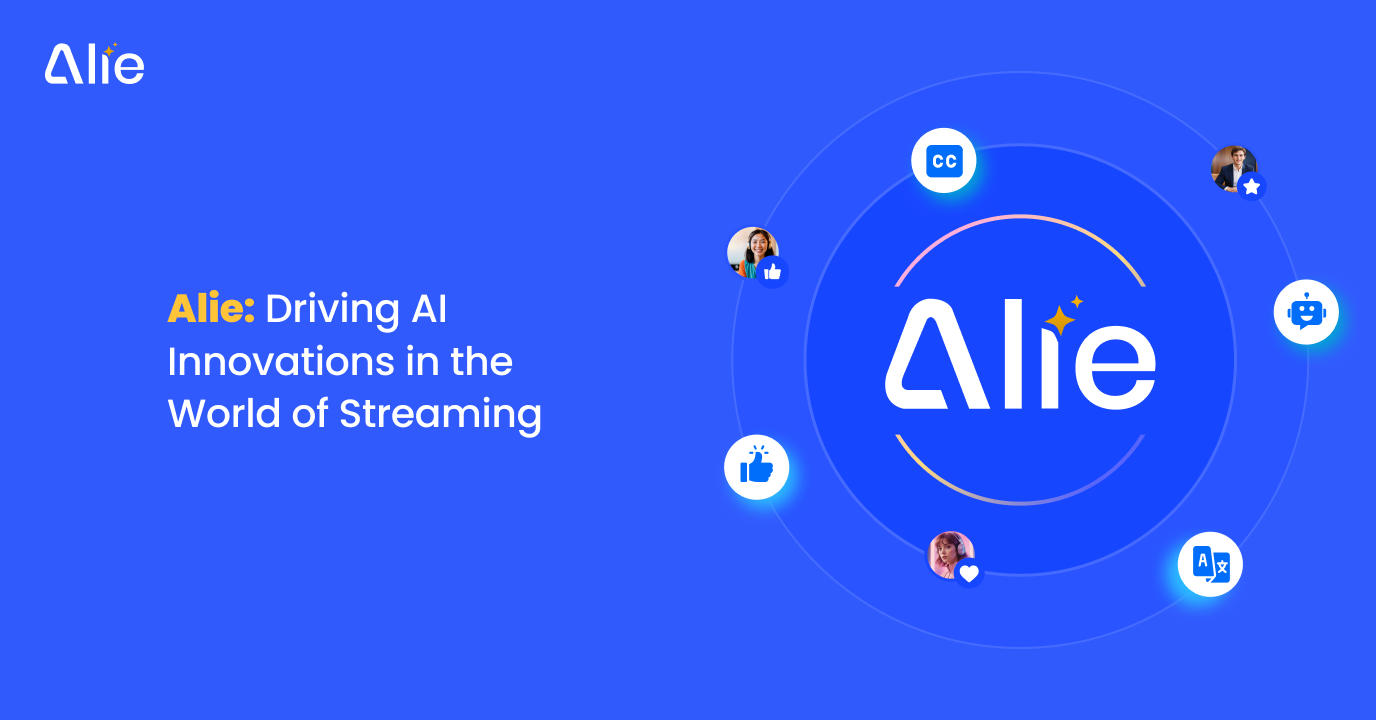
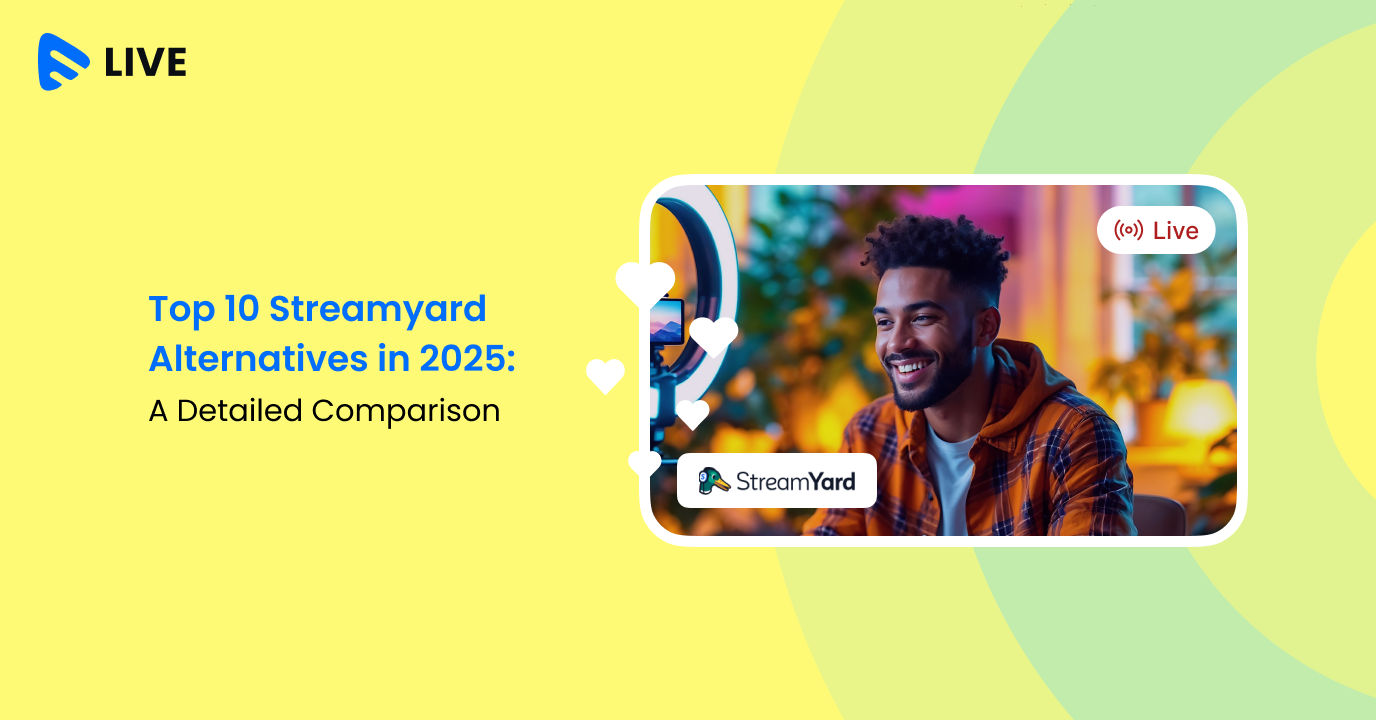



Add your comment